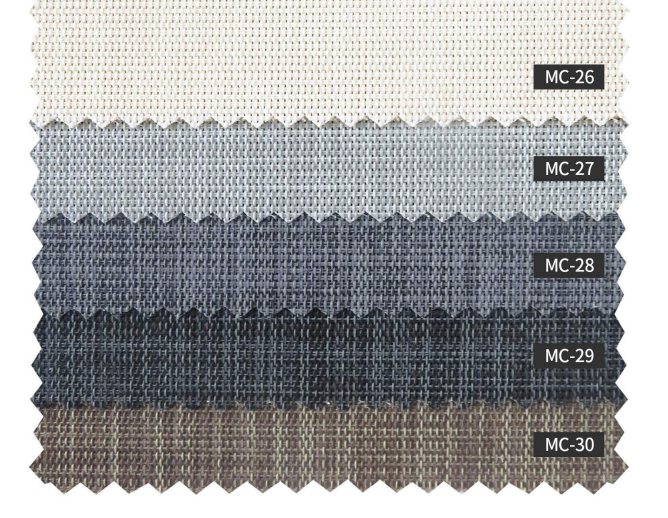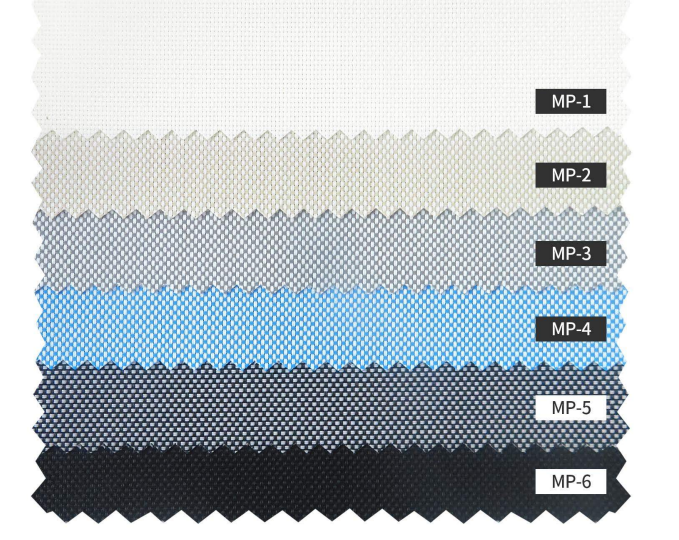INTRODUCTION
Sunscreen fabric is a specialized type of fabric used in window treatments and shading systems. It is designed to filter sunlight, block UV rays, and reduce glare while maintaining visibility to the outside. Sunscreen fabric provides a balance between privacy, light control, and maintaining a connection with the surrounding environment.
Sunscreen fabric is typically made from a combination of polyester and PVC materials. The fabric is woven in a way that allows it to retain its transparency and provide a clear view through the window, while still offering protection from the sun’s harmful rays. It is available in various openness factors, which determine the degree of light transmission and visibility.
The primary function of sunscreen fabric is to reduce heat and glare caused by direct sunlight. By effectively blocking a significant portion of UV rays, it helps to protect furniture, flooring, and other interior elements from fading and damage. Sunscreen fabric also contributes to energy efficiency by reducing solar heat gain, which can lead to lower cooling costs during hot months.
In addition to its functional properties, sunscreen fabric is available in a wide range of colors and textures to complement different interior design styles. It offers a sleek and modern appearance, making it suitable for both residential and commercial spaces.
Sunscreen fabric can be used in various window treatment systems, including roller blinds, roman shades, panel tracks, and vertical blinds. Its versatility allows it to be applied in homes, offices, hotels, restaurants, and other environments where sun control and a clear view are desired.
SPECIFICATION
| Product name | Sunscreen Blinds Fabrics |
| Composition | 30% polyester+70% PVC |
| Weight | 380-560g/m2 |
| Thickness | 0.6mm-0.8mm+/-5% |
| Openness Factor | Average 5% |
| Light Fastness | Class 5.0 |
| Width | 200/250/300cm |
PRODUCT SERIES
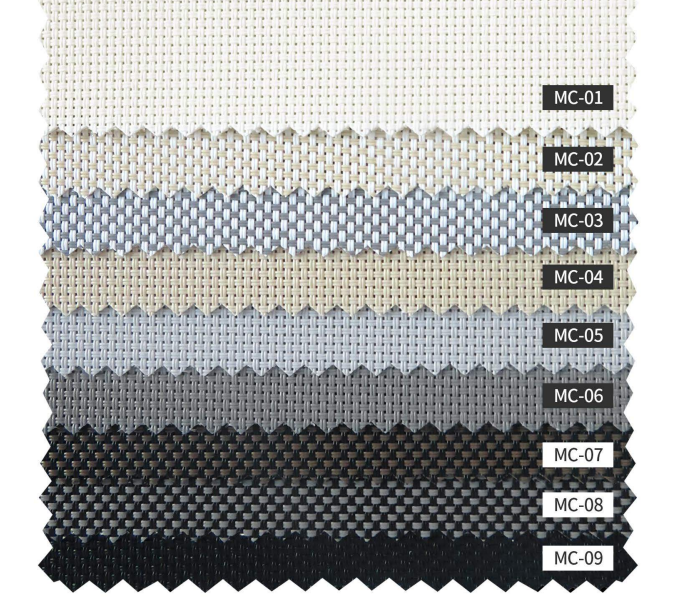
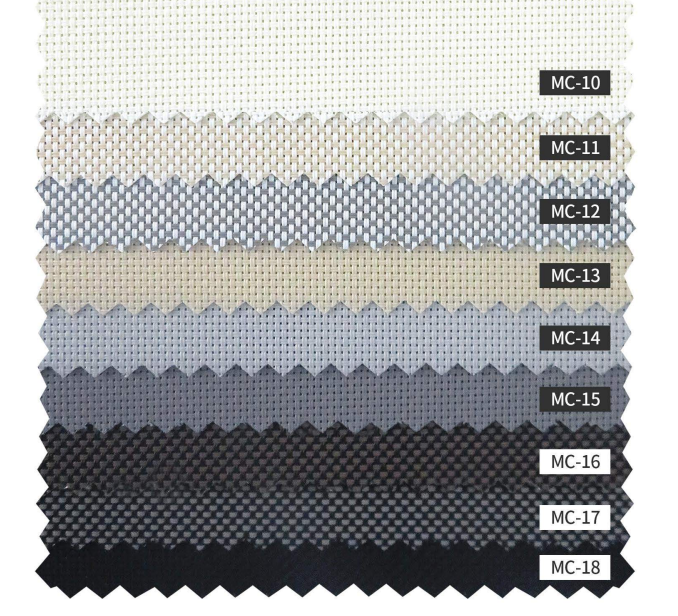
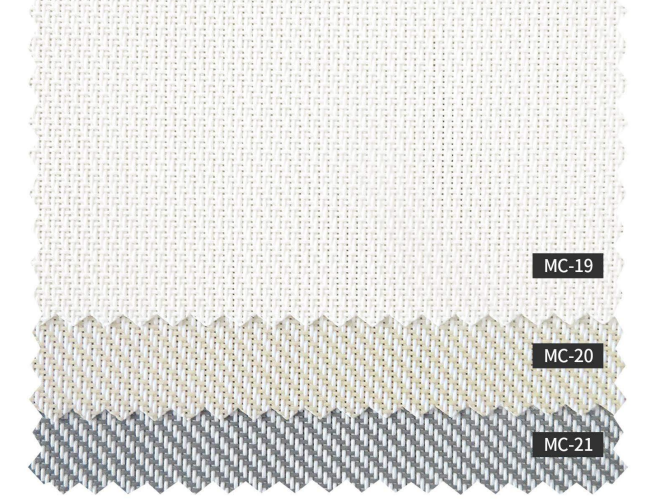
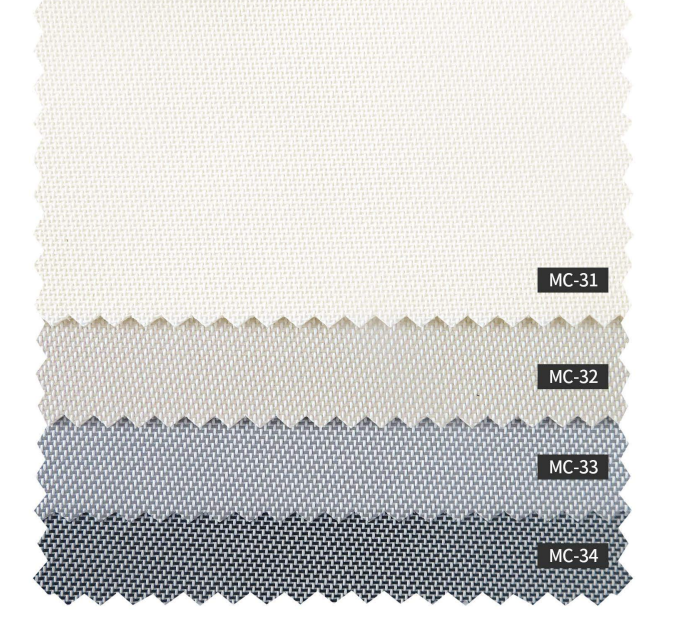
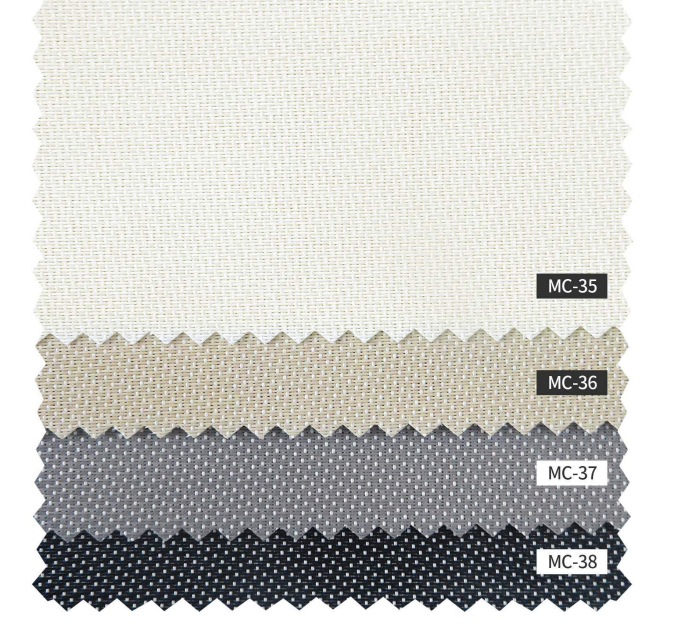
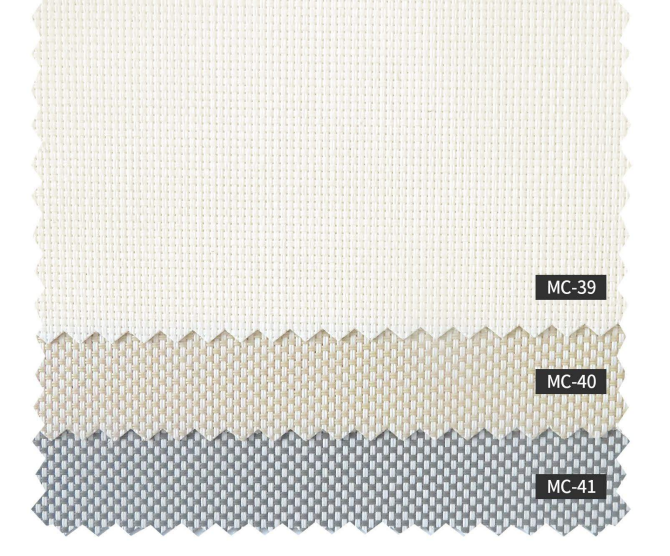
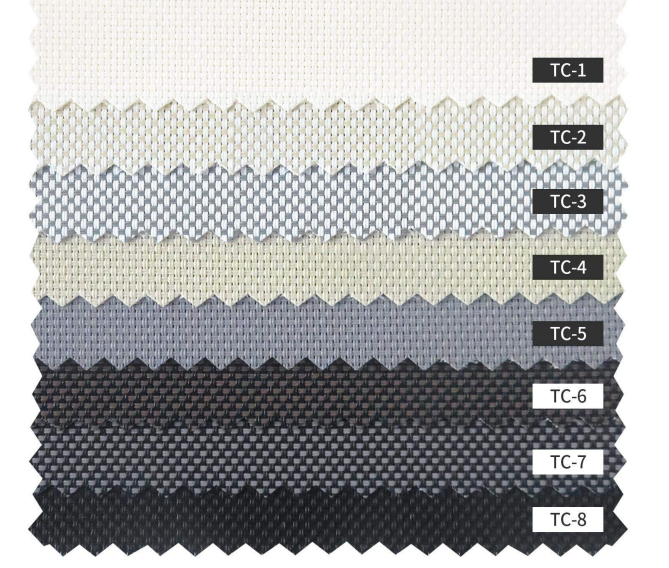
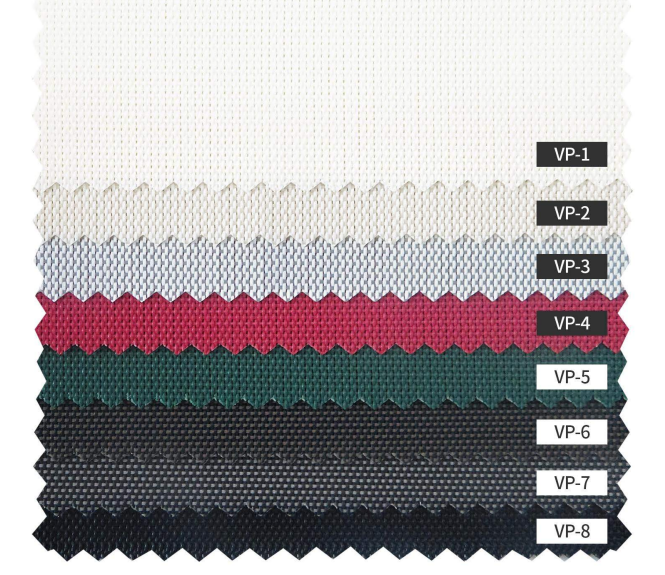
FEATURES
- Sun Protection: Sunscreen fabric is designed to block a significant amount of UV rays, providing protection against harmful sun exposure. It helps to reduce the risk of skin damage and fading of furniture, flooring, and other interior elements caused by prolonged sunlight exposure.
- Light Filtering: Sunscreen fabric effectively filters sunlight while maintaining visibility to the outside. It allows natural light to enter the room, creating a bright and welcoming atmosphere while reducing glare and excessive brightness.
- Glare Reduction: Sunscreen fabric helps to reduce glare caused by direct sunlight, making it easier to read, work, or watch screens without straining the eyes. It ensures a comfortable and productive environment by minimizing the discomfort and distractions caused by excessive glare.
- Heat Control: Sunscreen fabric plays a role in controlling heat gain by reducing solar heat transmission. It helps to maintain a comfortable indoor temperature by minimizing the amount of heat entering through the windows, especially during hot summer months.
- Energy Efficiency: By reducing heat gain and glare, sunscreen fabric contributes to energy efficiency in buildings. It can help reduce cooling costs by minimizing the need for air conditioning and enhancing overall energy savings.
- Privacy: While sunscreen fabric allows visibility to the outside, it also provides a certain level of privacy during daylight hours. The fabric obscures the view from the outside, ensuring that your indoor activities are not easily visible to passersby.
APPLICATION
- Residential Spaces: Sunscreen fabric is commonly used in residential settings for window treatments. It can be installed in living rooms, bedrooms, kitchens, and other areas where protection from the sun’s rays, glare reduction, and privacy are desired. Sunscreen fabric allows natural light to enter while preserving a view of the outdoors.
- Office Buildings: Sunscreen fabric is suitable for office environments, conference rooms, and commercial spaces. It helps to create a comfortable working atmosphere by reducing glare on computer screens and minimizing heat gain. Sunscreen fabric also provides privacy during meetings or presentations.
- Hospitality Industry: Sunscreen fabric is widely used in hotels, resorts, and hospitality establishments. It offers guests a clear view of the surroundings while providing protection from UV rays and glare. Sunscreen fabric enhances the comfort of guest rooms, lobbies, and common areas.
- Retail Stores: Sunscreen fabric is employed in retail establishments such as boutiques, showrooms, and shopping malls. It helps to showcase merchandise by reducing glare and ensuring a pleasant shopping experience for customers.
- Educational Institutions: Sunscreen fabric finds application in schools, colleges, and educational institutions. It is commonly used in classrooms, libraries, and study areas to control sunlight and create a conducive learning environment.
- Healthcare Facilities: Sunscreen fabric is utilized in hospitals, clinics, and healthcare settings. It helps to regulate light levels in patient rooms, waiting areas, and treatment rooms, contributing to patient comfort and privacy.
- Restaurants and Cafés: Sunscreen fabric is used in dining areas, patios, and outdoor seating spaces of restaurants and cafés. It provides shade and reduces glare, creating a comfortable and enjoyable dining experience.
- Commercial Spaces: Sunscreen fabric is suitable for commercial buildings, including corporate offices, banks, and government institutions. It offers a sleek and modern appearance while providing practical sun control and energy-saving benefits.

